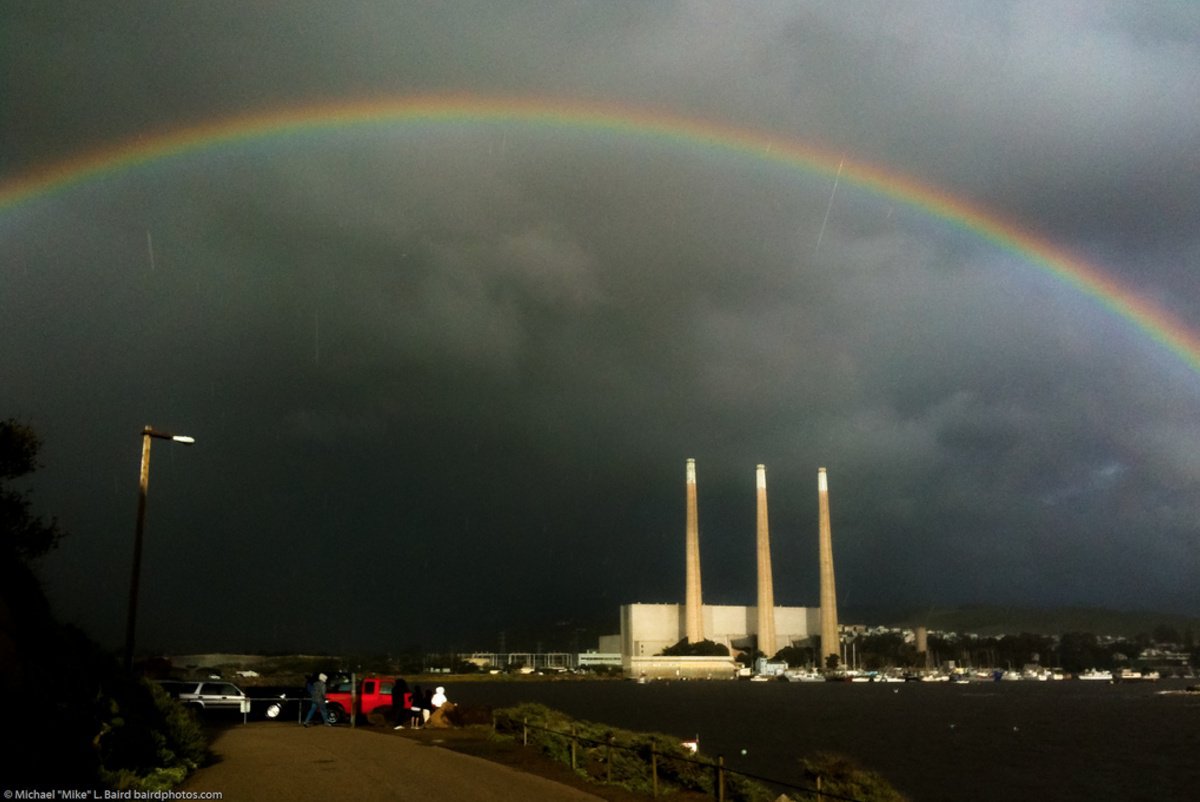Many social and economics changes generate net benefits, but often there are big losers. The advent and adoption of automobiles led to the demise of horse stables and carriage makers as one example. Most of those workers were able to shift to other jobs, such as at car manufacturers, so everyone largely benefited. But that’s not necessarily true today. Automation is displacing manufacturing employment (much more so than imports [link]) and new well paying jobs are not being created that are accessible to those who lost those jobs. How could we compensate these workers for their lost opportunities?
We protect owners of intellectual property rights such as patents and copyrights from intrusion into their markets with similar products and services. If someone wants to invent a new communication device that uses the existing cell phone network, they almost certainly have to pay Qualcomm a licensing fee for chips that rely in part on the underlying technology invented by Qualcomm. This protects investors from outright appropriation of the economic value that an investor in Qualcomm has created. It also allows Qualcomm investors to share in the economic gains by another company so Qualcomm is much less likely to oppose such innovations.
We could create a similar labor property right that protects the current economic value of workers by giving them a share of the economic gains created by a new innovation. Amazon could pay a portion of its profits as a “licensing” fee to workers displaced by online ordering and deliveries, or Ford workers could receive payouts based on the added profits created by using robots for car assembly. These fees would better align the interests of existing labor with beneficial innovation rather than putting them in opposition.
This proposal also would address the problem of a growing income gap as greater returns accrue to investors. Displaced workers would share in growing wealth rather than being sidelined in search for a job that that they are less likely to be qualified for. In addition, this would reduce the downward pressure on wages created by automation.
The program could be established as a form of universal basic income (UBI) to pay those who are not yet retired a share of society’s wealth creation. Certainly capitalism is greased by creative destruction, but there are many who do not want and are not prepared for the extreme risks that go with rapid innovation. We do not need to give risk-taking investors all of the economic gains to incentivize innovation, and we would likely lessen political opposition to such changes.










